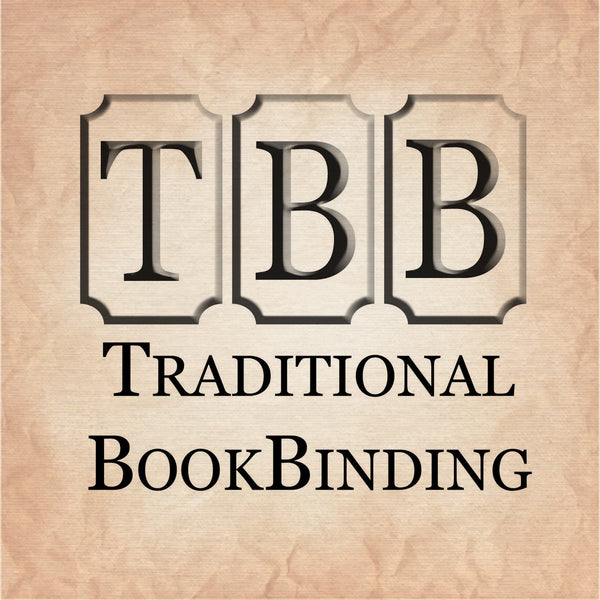Bookbinding, an age-old craft, has evolved significantly, transitioning from traditional methods to incorporate innovative techniques and materials that cater to contemporary needs and aesthetics. Today, bookbinding is not just about durability and functionality but also about artistic expression and innovation. Modern bookbinders blend the wisdom of the past with the innovations of the present, transforming bookbinding into a vibrant field brimming with creativity and new possibilities.
Contemporary bookbinding innovations reflect a fascinating fusion of tradition and modernity. While the core essence of binding and assembling pages remains unchanged, the introduction of new materials, technologies, and creative approaches has redefined what a book can be. From personal journals to grand artistic projects, contemporary bookbinding pushes boundaries, challenging our perceptions of what books are and can be.
For those interested in the foundational tools and materials that have shaped traditional bookbinding practices, exploring resources like Traditional Bookbinding's tools and materials section can provide valuable insights and high-quality supplies.
Modern Bookbinding Techniques
The modern bookbinder, like a skilled artist, has an array of techniques to choose from, each adding its unique touch to the final product:
Perfect Binding: A staple in the publishing industry, perfect binding involves gluing the pages together at the spine before attaching a cover. This method is prevalent for its affordability and widespread use in paperback books.
Saddle Stitching: Ideal for smaller booklets, saddle stitching involves folding sheets in the center and stitching them together. This technique offers simplicity and efficiency, especially suitable for pamphlets and brochures. To find tools that can aid in manual saddle stitching, consider Traditional Bookbinding's stitching tools.
Coil Binding: Resembling the spiral notebooks many are familiar with, coil binding punches holes along the page edges, threading a coil through them. It provides flexibility, allowing the book to lay flat when open. Binders looking to experiment with coil binding can find relevant binding machines and supplies
Thermal Binding: Utilizing heat to adhere the book's spine, thermal binding offers a sleek and professional finish, often used in business reports and proposals.
These techniques underscore the versatility and adaptability of modern bookbinding, catering to various needs from aesthetic appeal to functional design.
Contemporary Materials in Bookbinding
Innovative materials have significantly influenced contemporary bookbinding, expanding beyond traditional leather and cloth to include metals, plastics, and recycled materials. These materials not only diversify the tactile and visual appeal of books but also reflect a commitment to sustainability and experimentation.
For instance, bookbinders now explore the use of synthetic fibers that mimic the feel of organic materials, offering durability without compromising on aesthetics. Transparent materials and composites introduce a modern edge, allowing for creative interplay between the book's content and cover.
Such innovations are not just about aesthetics; they also address practical considerations like durability, cost, and ease of use, demonstrating how contemporary bookbinding balances tradition with forward-thinking creativity.
Part 2: The Role of Technology in Bookbinding
Technology has revolutionized bookbinding, introducing precision and efficiency to processes that were once entirely manual. Digital design tools enable intricate patterns and layouts that would be challenging to achieve by hand, allowing for personalized and detailed works.
Moreover, automation in bookbinding has streamlined production, enabling faster turnaround times without sacrificing quality. For example, automated cutting and folding machines ensure uniformity and precision, essential for large-scale projects.
However, technology also poses new challenges, prompting bookbinders to find innovative solutions that marry the technical with the tactile. As digital and physical media converge, bookbinders are tasked with creating objects that resonate in a digital age, leveraging technology to enhance, rather than replace, the sensory experience of books.
Showcase of Contemporary Bookbinders and Their Innovations
Contemporary bookbinders like Erin Fletcher and George Kirkpatrick exemplify the blend of craftsmanship and innovation that characterizes modern bookbinding. Fletcher, trained at the North Bennet Street School, integrates traditional techniques with modern design, while Kirkpatrick's work is known for its artistic merit and innovative use of materials.
These binders, along with others highlighted in exhibitions like "InsideOUT" and publications like "The New Bookbinder," demonstrate the field's dynamic nature. Their works are testimonies to the artistry and ingenuity within contemporary bookbinding, pushing the boundaries of what books can be and how they are perceived.
Future Trends in Bookbinding
Looking ahead, bookbinding is set to embrace even greater innovation and diversity. Sustainable materials and eco-friendly practices are likely to gain prominence, reflecting broader societal trends towards environmental consciousness. Additionally, the interplay between digital and physical media may give rise to new hybrid forms, blending electronic content with traditional book forms.

